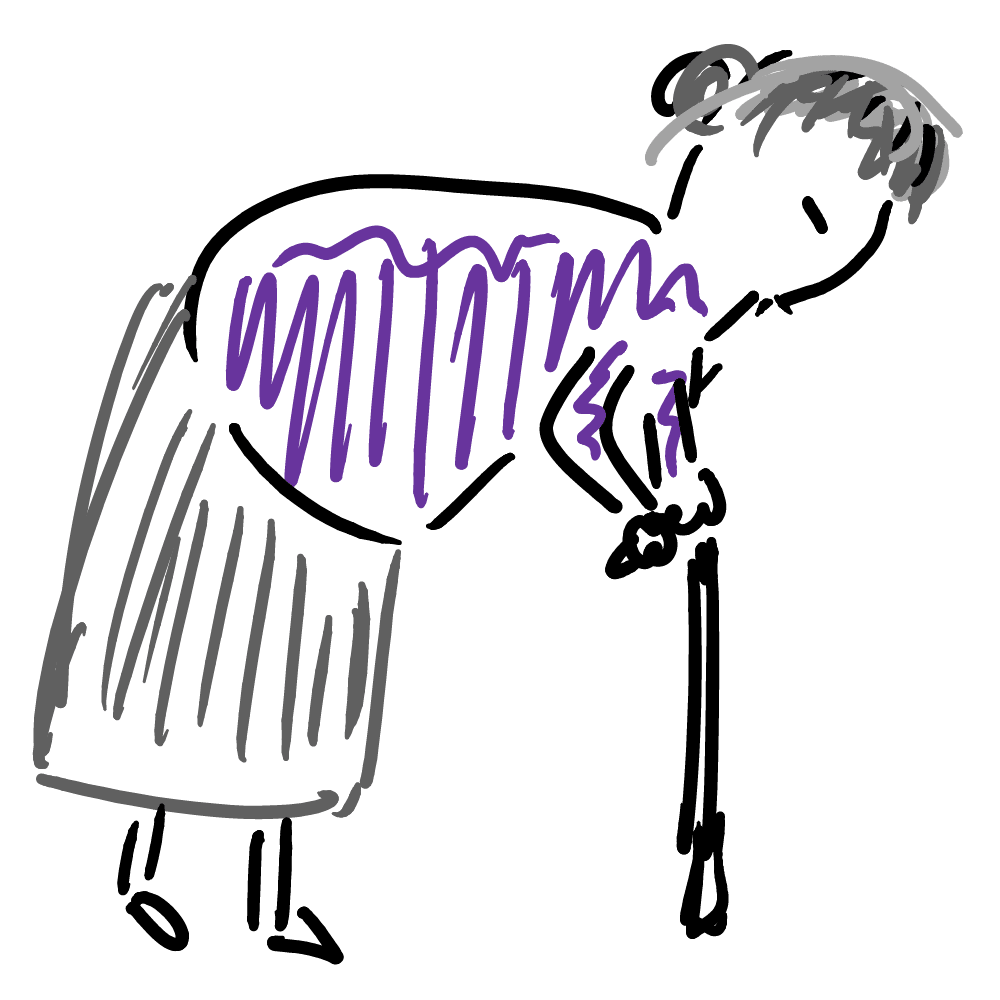Yongho Kim
Anth258: African Societies
Paper topic proposal: Self-image among Masaai youth
The Masaai are a pastoral and patrilineal people who live mostly in southern Kenya but also in northern regions of Tanzania, constituting roughly 5% of the Kenyan population. Their means of subsistence has been cattle, goat and sheep herding. Social hierarchy is strictly divided among waves of age sets that first become active warriors and then pass into elderhood. I first learned of the Masaai while reading a science magazine in the 1995s, in which the Masaai were described as extremely tall people in central Africa who hunted down lions. (Or so I remember)
During colonial rule and afterwards, the Masaai have been confined to limited reserve areas, which made herding unsustainable. While some have stayed in “traditional” roles, many have moved closer to the cities and have worked as security guards, in countless variations of the tourism industry, farming, and leasing of land to large-scale cereal cultivation. Given the tense relationship between the younger and elder warriors, I would expect generational conflicts breaking out as a result of loosening social ties.
At the same time, refusal of Masaai parents to send their children to school is a major concern in the Kenyan government and educators. Why does a Masaai man believe school is not appropriate for the most able ones of his children, when living conditions have deteriorated for the pastoral activity? Is it that he or she views oneself as entrusted with defending the traditions? This question seems to relate to a difference pointed out by Bruner between domestic and foreign tourism. Small differences, such as calling the rites “tribal” for foreign brochures or “traditional” for Kenyan tourists, hint on the self-conception of the Masaai and their position in the Kenyan nation.
In the meantime, a group of elites, possibly rooting back to the colonial periods, were educated in Europe while still claiming their identity as Masaai. I am interested in how has Saitoti, having studied in Germany and United States, been able to celebrate his homeland culture through photographies and an autobiography, without turning it into a spectacle. I also want to learn more about the implications of being a “Real Masaai”, as called by Bentsen, as opposed to not being one. How does popular rhetoric recognize authenticity, and does it respond to the social impacts produced by the divide on a “fake” Masaai?
Working within the frame proposed by Bruner, and relying on Little and Spencer for broader perspectives, I want to respond to the following question: How do the younger generations of Masaai view themselves in relation to elders and the urban Kenyan society?
Tentative bibliography:
Bentsen, Cheryl. Masaai Days. (Summit Books, 1989)
Bruner, Edward. “The Maasai and the Lion King: authenticity, nationalism, and globalization in African tourism”, American Ethnologist, vol.28, 4 (Nov 2001): 881-1009
Little, Peter. “Maasai identity on the periphery”, American Anthropologist, vol.100, 2 (Jun 1998): 444-58
Phillips, Jacqueline and Bhavnagri, Navaz. “The Maasai’s education and empowerment: challenges of a migrant lifestyle.”, Childhood Education, vol.78, 3 (Spring 2002): 140-47
Spencer, Paul. “Chapter 6: The Upset of Ritual Rebellion”, The Masai of Mataputo: a study of rituals of rebellion. (Bloomington, IN: Indiana University Press, 1988): 79-100
Saitoti, Tepilit. The Worlds of a Masaai Warrior: an Autobiography. (Random House, 1986)
Thompson, Michael. “Entrepreneurs, elites, and exclusion in Maasailand: trends in wildlife conservation and pastoralist development.”, Human Ecology, vol.30, 1 (Mar 2002): 107-39

Leave a Reply